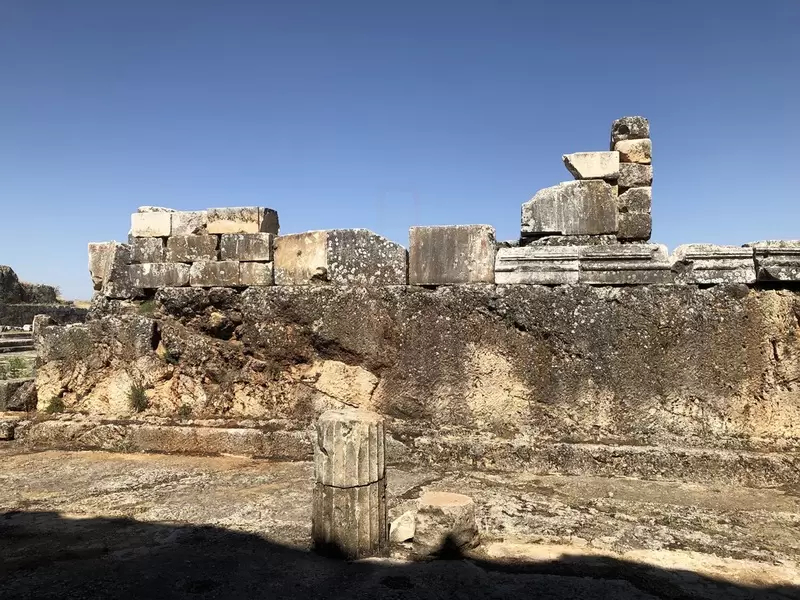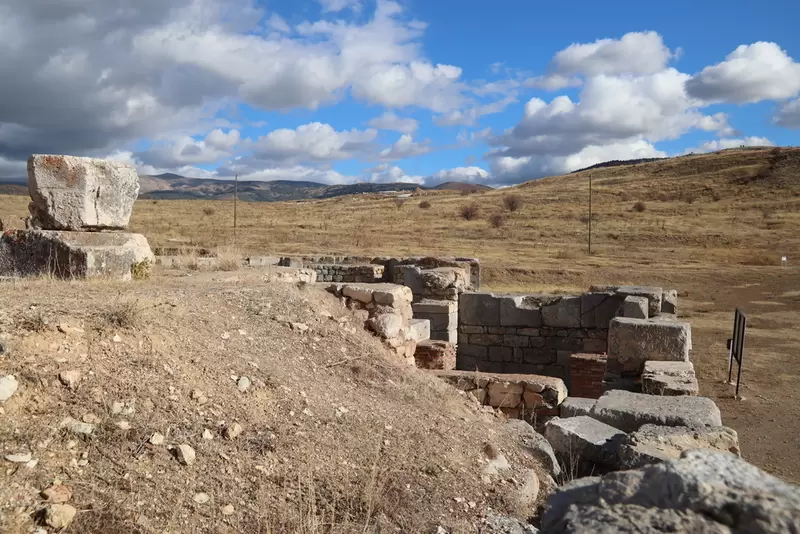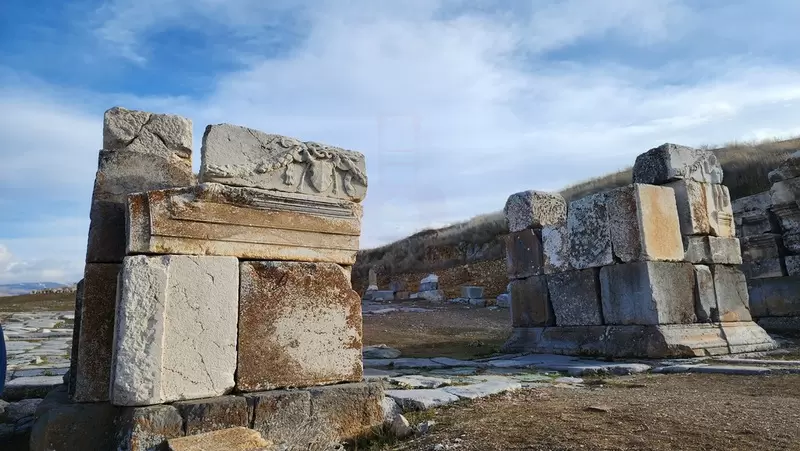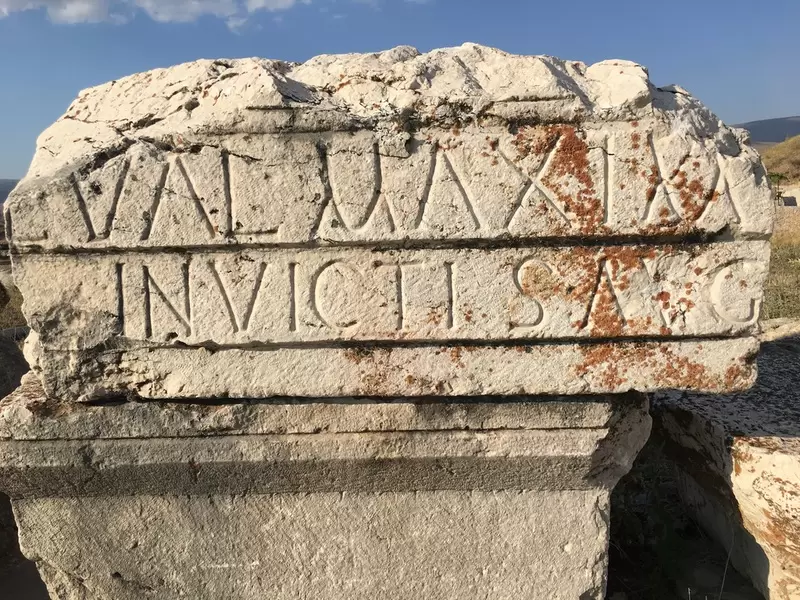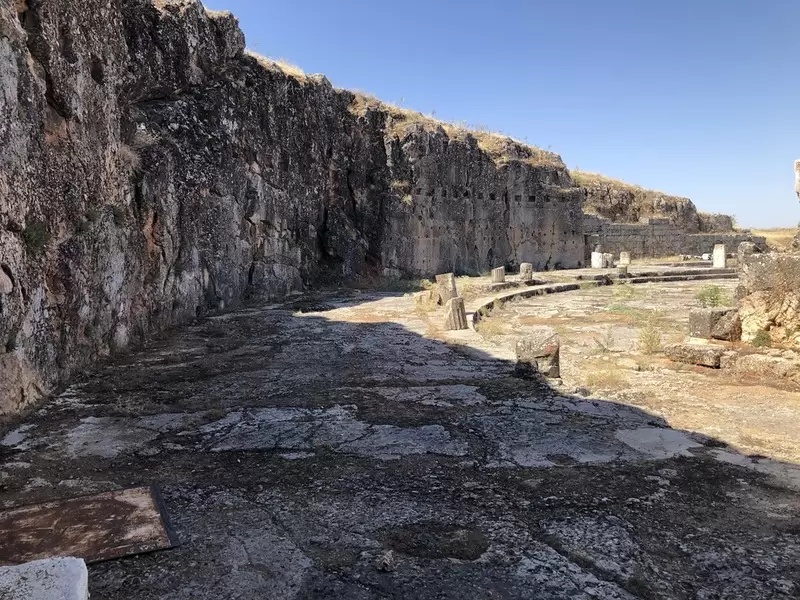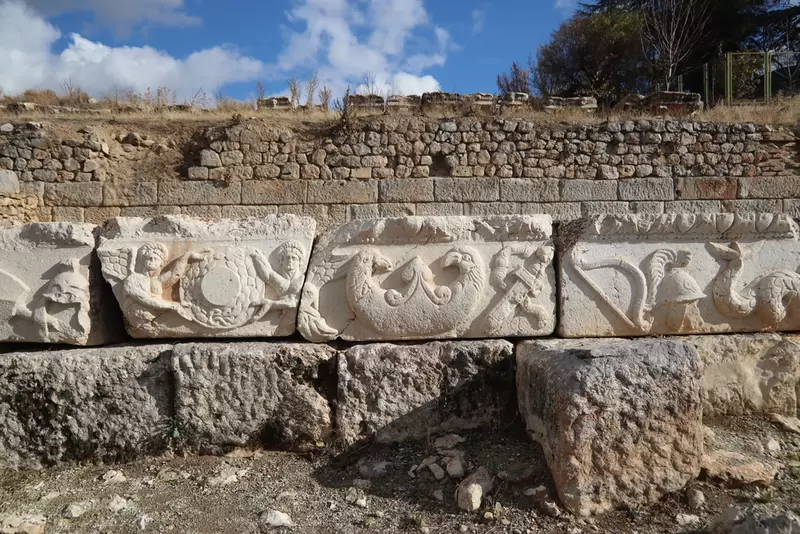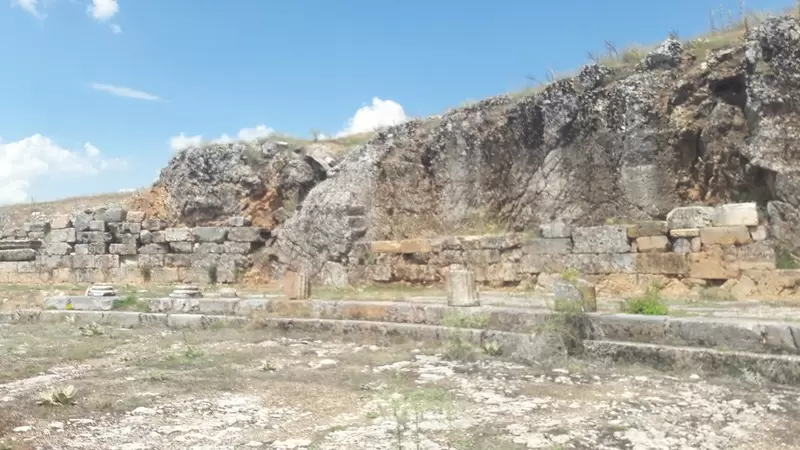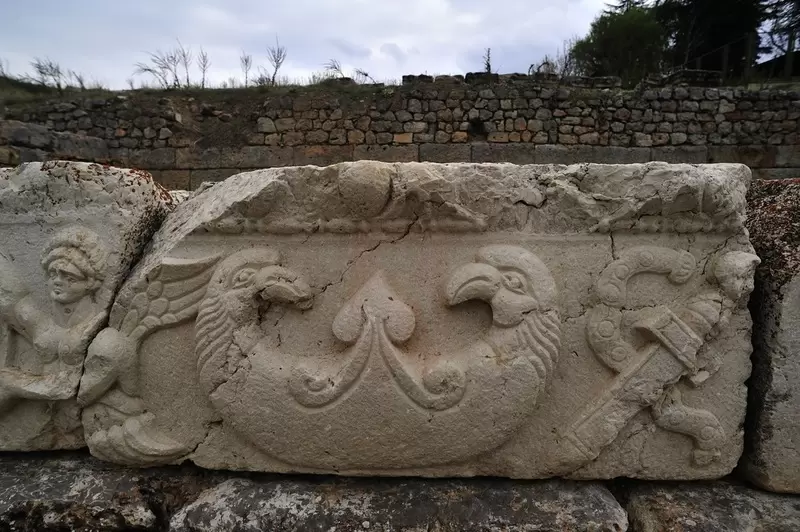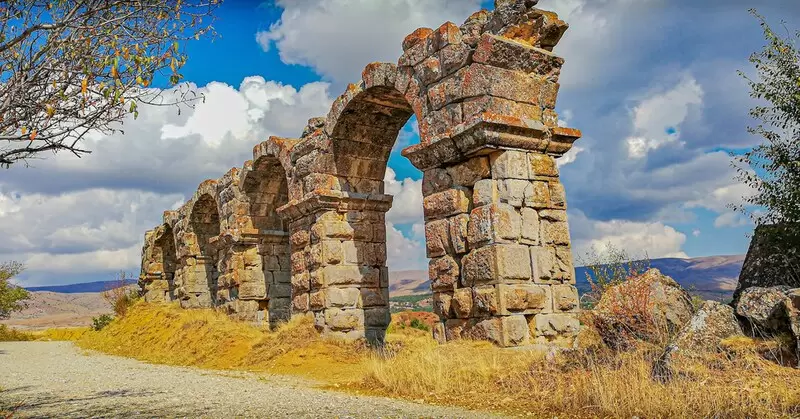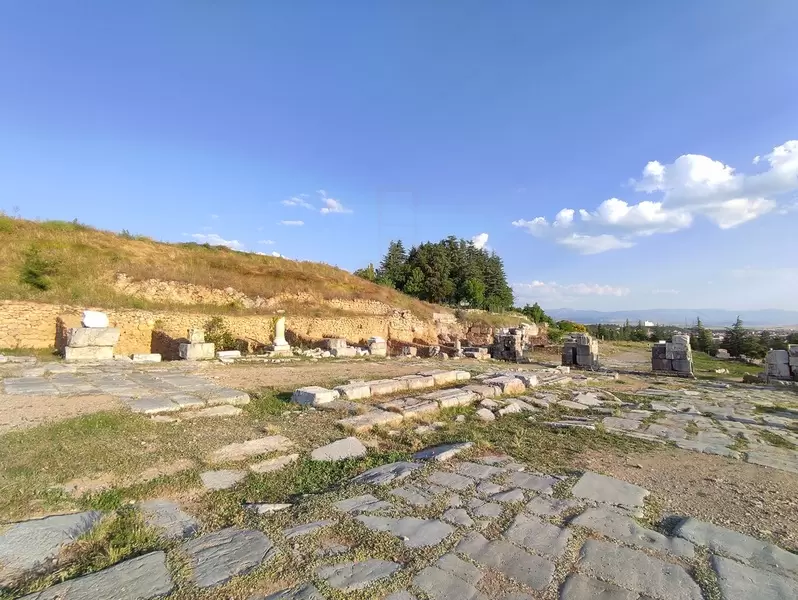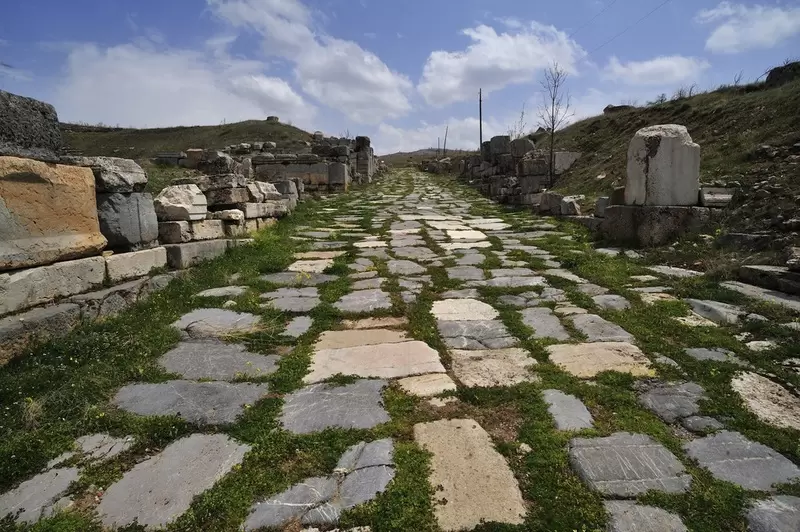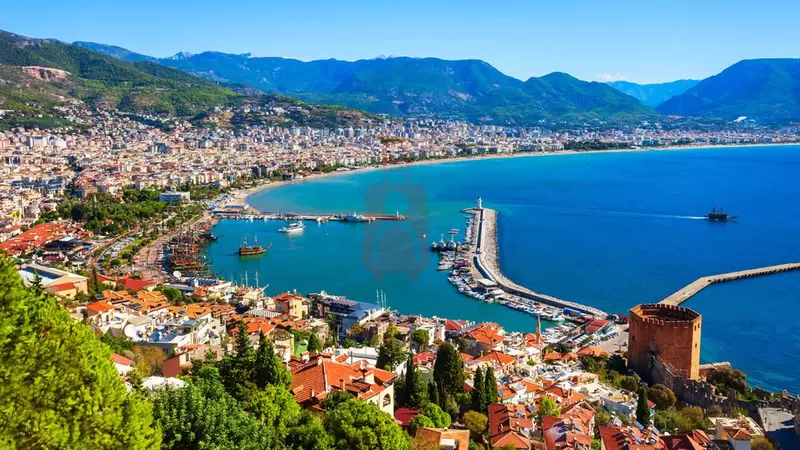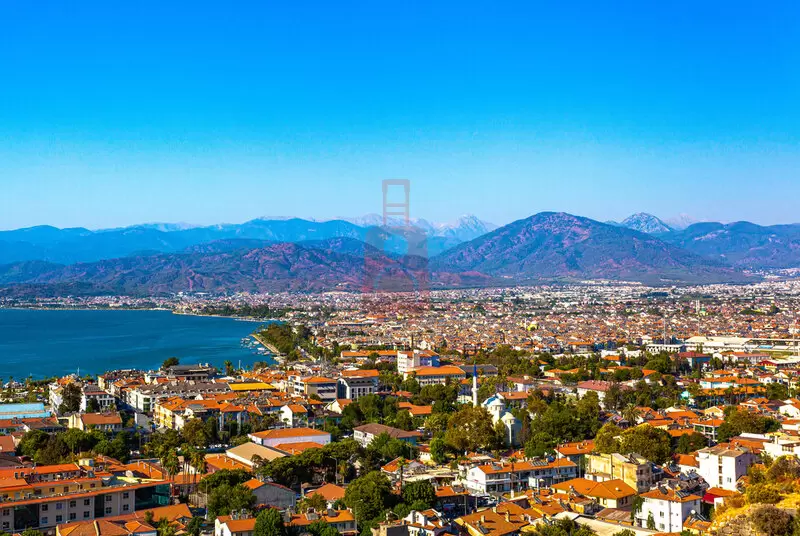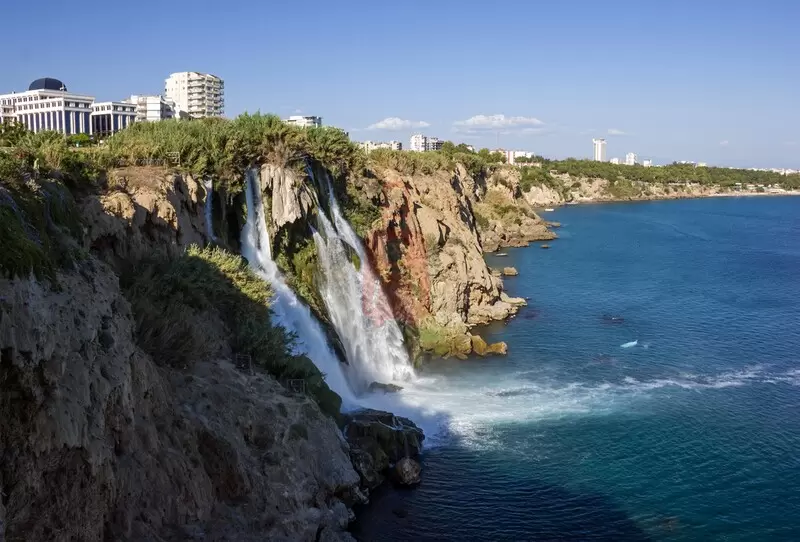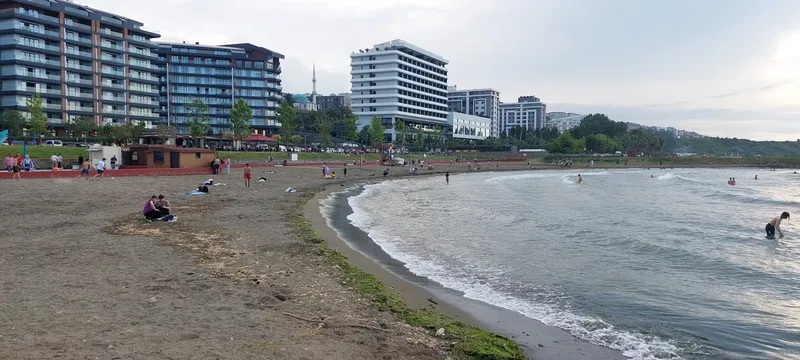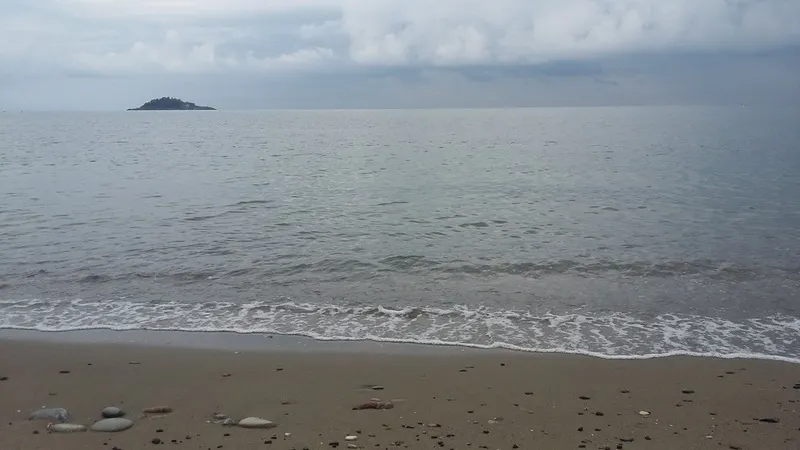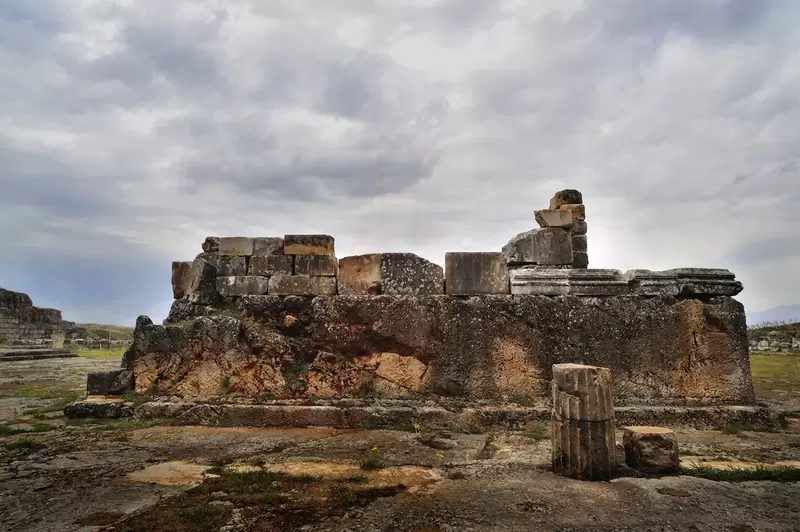
Welcome to Antioch in Pisidia Ancient City! Located in present-day Turkey, Antioch in Pisidia was an important city in the ancient region of Pisidia. This ancient city holds a rich historical legacy and offers visitors a chance to explore its fascinating ruins and learn about its cultural significance.
Historical Background:
Antioch in Pisidia was founded in the 3rd century BCE by Seleucus I
Nicator, one of Alexander the Great's generals. It was named after
Antioch, the famous city in Syria. Throughout its history, Antioch in
Pisidia experienced Hellenistic, Roman, Byzantine, and Seljuk
influences, which shaped its culture and architecture.
Archaeological Highlights:
Exploring Antioch in Pisidia Ancient City allows you to discover the
remnants of its past glory. Here are some notable features and
structures:
-
City Walls: The ancient city was encircled by sturdy walls for protection. Although much of the walls have deteriorated over time, you can still see some sections and gates, which give insight into the city's defensive measures.
-
Roman Theater: The Roman Theater of Antioch in Pisidia is the most prominent structure within the ancient city. Built during the 2nd century CE, it is remarkably well-preserved and offers a glimpse into the grandeur of ancient Roman architecture. The theater could accommodate around 15,000 spectators and was used for various performances and events.
-
Agora: The ancient city featured a central marketplace known as the Agora. This bustling area served as the commercial and social hub, where people gathered for trade, socializing, and public events. While the structures within the Agora are now in ruins, you can still discern the layout and imagine the vibrant atmosphere of the ancient marketplace.
-
Bath Complex: Antioch in Pisidia had a bath complex that was an integral part of ancient Roman cities. Although partially ruined, the bath complex provides insights into the sophisticated bathing rituals and social customs of the time.
-
Temple of Augustus: Within the ancient city, you can find the remnants of a temple dedicated to the emperor Augustus. This temple, built during the 1st century BCE, showcases the influence of Roman religion and imperial cults in the region.
Visiting Tips:
- Wear comfortable shoes suitable for walking on uneven terrain, as the site may involve some rough paths and scattered ruins.
- Bring water, sunscreen, and a hat, as shade may be limited.
- Consider hiring a local guide or obtaining informational materials to gain a deeper understanding of the historical significance and stories associated with the site.
Nearby Attractions:
While visiting Antioch in Pisidia Ancient City, you may also explore
other nearby attractions. The modern city of Yalvaç, located near the
ancient site, offers amenities such as accommodations, restaurants, and
shops. Additionally, you can visit the nearby Sagalassos archaeological
site, which showcases well-preserved ancient ruins and stunning mountain
vistas.
In conclusion, a visit to Antioch in Pisidia Ancient City provides a captivating journey into the past. The Roman Theater, city walls, agora, and other structures offer glimpses into the city's former grandeur and cultural significance. Immerse yourself in history as you explore the captivating ruins of this ancient city.
Please note that archaeological sites are subject to ongoing research, restoration, and accessibility may vary. It's advisable to check for the latest information and guidelines from official sources before planning your visit.
